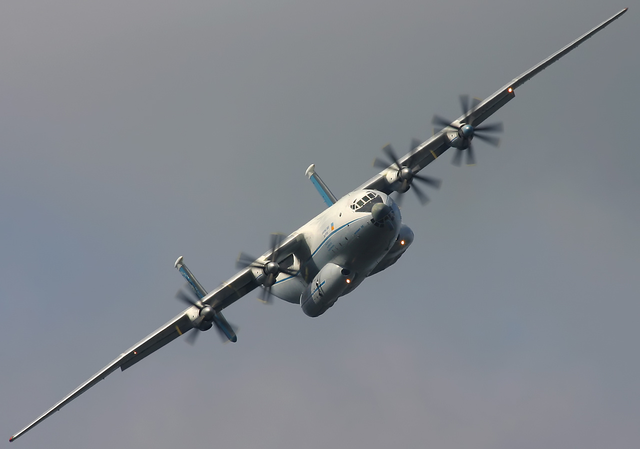[post_page_title]Antonov An-22[/post_page_title]
This military transport aircraft was designed and built by the Russians back in 1966, and is still in active service today. The Antonov An-22 is powered by four turboprop engines, making it the largest turboprop aircraft to still be in use today. The main objective of the An-22 was to be able to transport missiles. When the new version of the An-22 started in 1961, it was mainly required to be designed in a way that it could land and take off in the smoothest possible with all its massive weight, and so the engineers developed 12 wheels to make it happen.

It’s thought that just under 70 of these were built between 1966 and 1976, although they’re currently being phased out by the An-124 which we mentioned earlier. Either way, it’s one heck of an aircraft!
